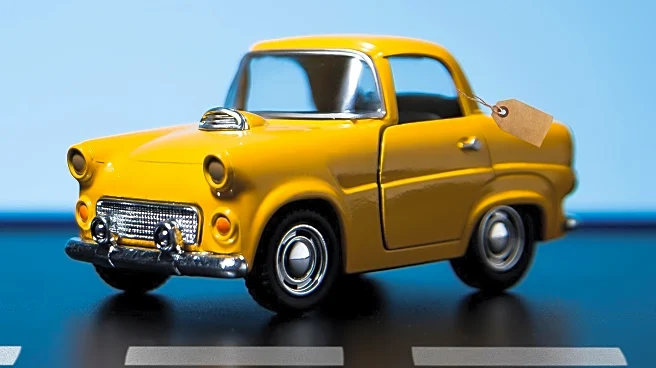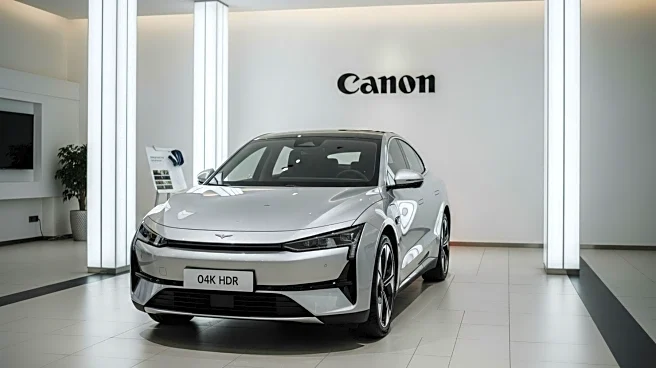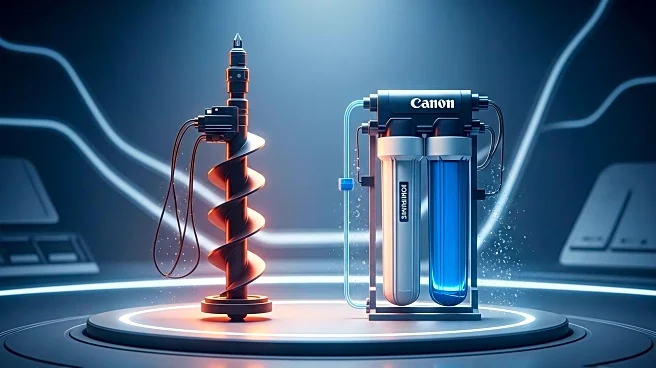What's Happening?
A 2005 Chrysler Town & Country minivan, affectionately named 'Vanny,' is at a crossroads as its owners decide whether to sell, donate, or recycle it. With 183,000 miles and a history of family memories, the van is no longer reliable for road trips. Options include selling it for scrap, donating it to a nonprofit for repair and use by another family, or recycling it through a program that salvages parts and reduces environmental impact. The decision reflects broader trends in vehicle longevity and the challenges of managing aging automobiles.
Why It's Important?
This story highlights the growing issue of vehicle longevity and the environmental implications of aging cars. As vehicles last longer, owners face decisions about their end-of-life management, balancing economic and ecological considerations. The case of 'Vanny' underscores the importance of responsible disposal and recycling practices to minimize environmental harm. It also reflects broader trends in the automotive industry, where rising costs and sustainability concerns drive interest in recycling and reuse. This narrative encourages consumers to consider the full lifecycle of their vehicles and the impact of their choices on the environment.
Beyond the Headlines
The decision about 'Vanny' raises questions about the cultural and emotional significance of vehicles in people's lives. Cars often hold sentimental value, representing personal histories and family milestones. This story illustrates the complex interplay between practicality and sentimentality in decision-making. It also highlights the potential for community support and resource sharing, as organizations like Way to Go offer solutions for extending the life of vehicles for those in need. This approach fosters a sense of community and sustainability, encouraging a shift towards more responsible consumption.











